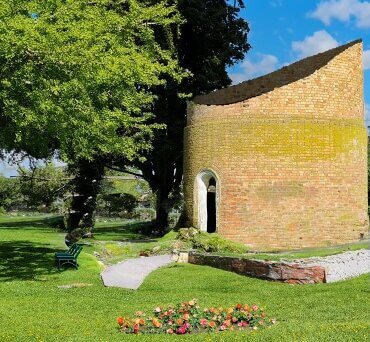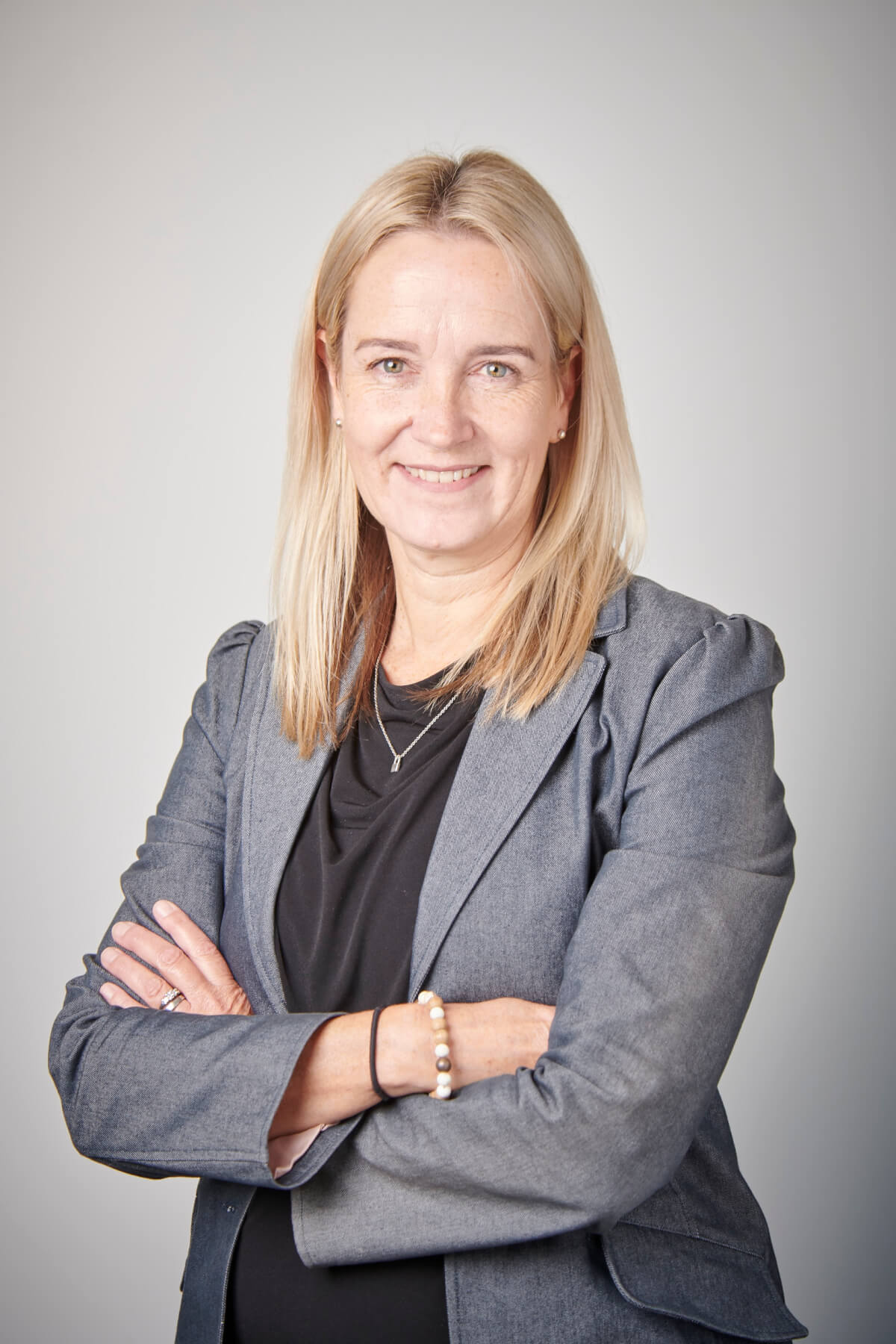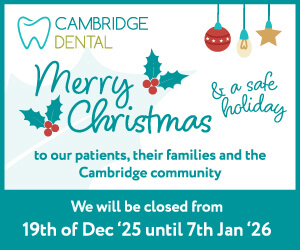
An AI impression of a cut down water tower.
The historic Cambridge Water Tower has a stay of execution, but questions remain over why discussions about it were held behind closed doors at a public excluded workshop.

Save the Cambridge Water Tower group founders, from left, Dave Linthwaite, Elizabeth Harvey, Peter Fulton, David Griffin, James Casey, Mike Kilgour. Photo: Mary Anne Gill.
Waipā District Council announced this week councillors supported remove and restore options in the Long Term Plan after they were told about new technologies which would allow strengthening of the tower for about $2 million.
The council has applied for a resource consent to demolish the water tower which was found to be earthquake prone after new national guidelines came into effect after the Christchurch earthquakes.
It will also commission a new detailed seismic assessment to better understand the tower’s condition.
Tell us what you think?
Earlier consultations with the community put the strengthening figure at $6 million and said it would cost $800,000 to demolish.
Not surprisingly residents voted for the latter.
But a rear guard action led by Whitehall sheep and beef farmer James Casey and a group of residents who banded together under the leadership of Peter Fulton, swayed the council.

Susan O’Regan
Save the Cambridge Water Tower met mayor Susan O’Regan in August and briefed her on other options which could work. They gave the example of the historic Oamaru courthouse which underwent significant strengthening for just under $1 million.
Fulton said “adaptive reuse” – a term used by heritage architects – had become the group’s buzz phrase.
It pointed the council in the direction of a New Zealand company with a successful track record of strengthening heritage buildings.
The council will still apply for a resource consent to demolish the water tower which was found to be earthquake prone after new national guidelines came into effect after the Christchurch earthquakes.
The public excluded workshop last month was one of four held during the Long Term Plan discussions.
The council told The News it was to “enable the free and frank provision of advice and opinions by and between officers and elected members” and to protect legal privilege.

Roy Pilott
Editor Roy Pilott, who queried the decision then, said he still wondered why the discussions were behind closed doors when it was such a public matter.
“What is free and frank when our readers are constantly denied the opportunity to hear elected councillors’ opinions before decisions are made?” he said.
“It, the blue blob debacle and a proposed quarry just outside Cambridge are the three biggest issues according to our readers and we are no closer in knowing what our elected members are doing about them.”
Meanwhile reader Eric Hill has taken to AI technology to produce an alternative water tower option – a cut down version with the surviving bricks used to create a feature incorporating planting and seating.
“Payne Park and Rest Haven would benefit from this feature.
“A billboard could be erected with an image of the original tower and accompanied by historical dialogue,” he said.
Fulton said his group was concentrating on full preservation with an option for adaptive reuse at some time in future.
See: Tower supporter, mayor meet
See: The two towers

An AI impression of a cut down water tower.








